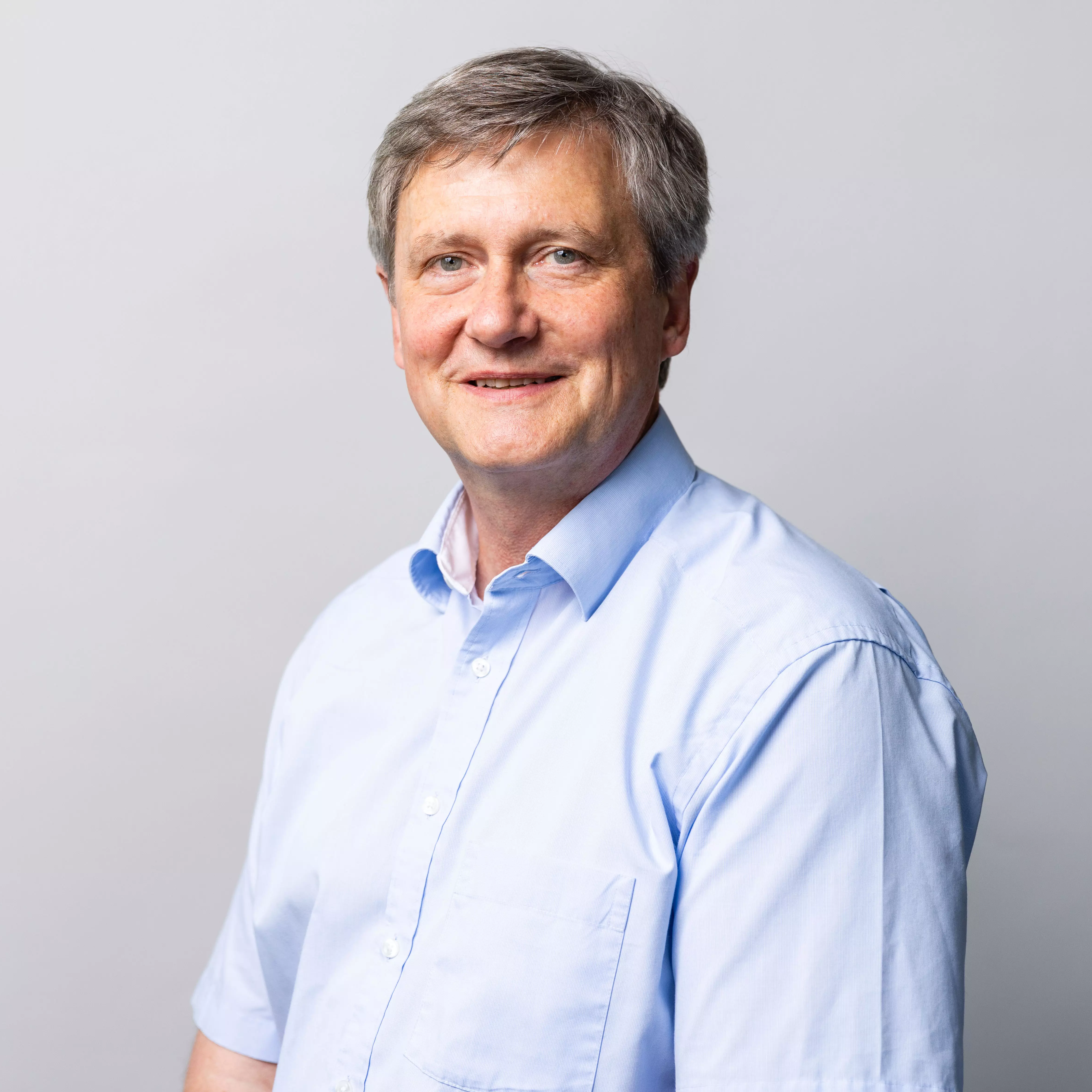In the analysis of functional Near-Infrared Spectroscopy (fNIRS) signals from real-world scenarios, artifact rejection is essential. However, currently there exists no gold-standard. Although a plenitude of methodological approaches implicitly assume the presence of latent processes in the signals, elaborate Blind-Source-Separation methods have rarely been applied. A reason are challenging characteristics such as Non-instantaneous and non-constant coupling, correlated noise and statistical dependencies between signal components. We present a novel suitable BSS framework that tackles these issues by incorporating A) Independent Component Analysis methods that exploit both higher order statistics and sample dependency, B) multimodality, i.e., fNIRS with accelerometer signals, and C) Canonical-Correlation Analysis with temporal embedding. This enables analysis of signal components and rejection of motion-induced physiological hemodynamic artifacts that would otherwise be hard to identify. We implement a method for Blind Source Separation and Accelerometer based Artifact Rejection and Detection (BLISSA2RD). It allows the analysis of a novel n-back based cognitive workload paradigm in freely moving subjects, that is also presented in this manuscript. We evaluate on the corresponding data set and simulated ground truth data, making use of metrics based on 1st and 2nd order statistics and SNR and compare with three established methods: PCA, Spline and Wavelet-based artifact removal. Across 17 subjects, the method is shown to reduce movement induced artifacts by up to two orders of magnitude, improves the SNR of continuous hemodynamic signals in single channels by up to 10dB, and significantly outperforms conventional methods in the extraction of simulated Hemodynamic Response Functions from strongly contaminated data. The framework and methods presented can serve as an introduction to a new type of multivariate methods for the analysis of fNIRS signals and as a blueprint for artifact rejection in complex environments beyond the applied paradigm.



